#licancabur
Photo
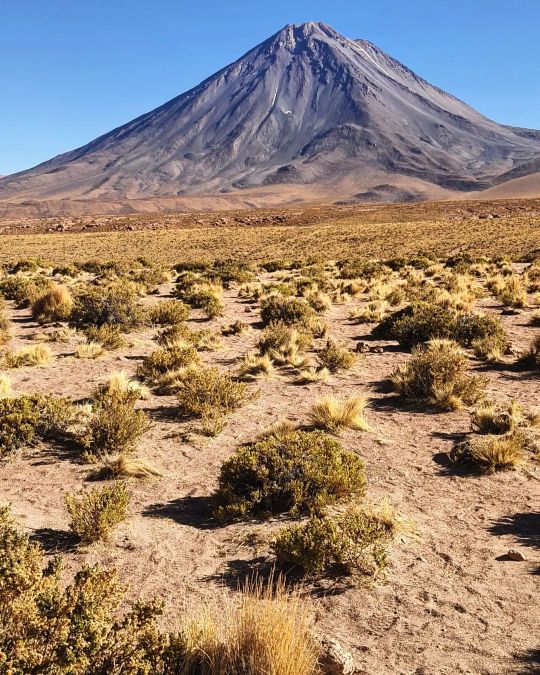
"El volcán Licancabur es sencillo pero sublime con su forma cónica casi perfecta. Casi alcanza los 6,000 metros sobre el nivel del mar y una mitad de él está en Bolivia. Teníamos una magnífica vista de él desde el mirador: lucía como un coloso protector del valle y el desierto..." . . . . . . . . . . . . . . . . . . . . . . . . . . #Chile #chileno #atacamadesert #atacama #nature #naturephotography #naturaleza #landscape #landscapephotography #paisaje #travel #travelgram #travelblogger #natgeoyourshot #photooftheday #instadaily #licancabur #licancaburvolcano #volcano #volcan #nikon (en Mirador Volcan Licancabur) https://www.instagram.com/p/CmX9EZNLnuC/?igshid=NGJjMDIxMWI=
#chile#chileno#atacamadesert#atacama#nature#naturephotography#naturaleza#landscape#landscapephotography#paisaje#travel#travelgram#travelblogger#natgeoyourshot#photooftheday#instadaily#licancabur#licancaburvolcano#volcano#volcan#nikon
5 notes
·
View notes
Text
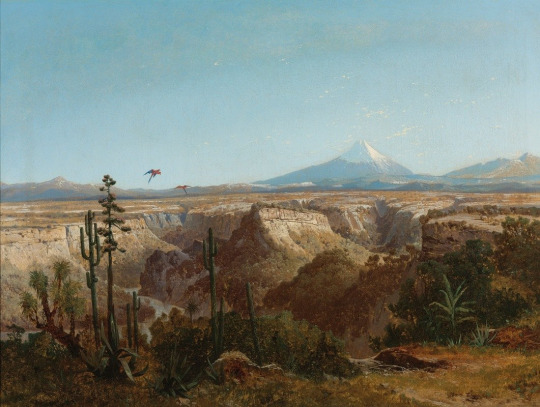
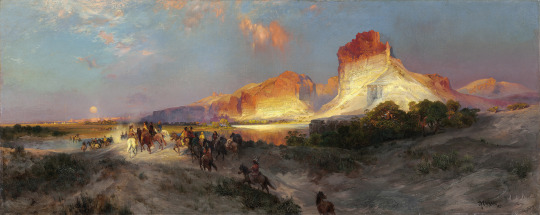
View Of The Atacama Desert In Chile With The Licancabur Volcano In The Background (Josef Selleny)
Green River Cliffs (Thomas Moran)
51 notes
·
View notes
Text
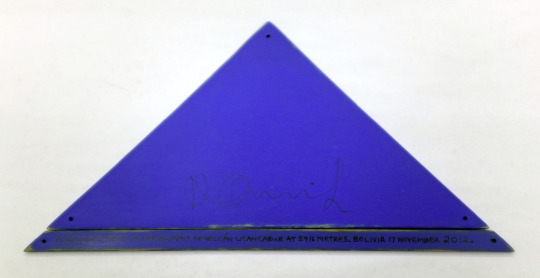
Hamish Fulton, A guide walk to the summit o f Volcán Licancabur at 5916 metres. Bolivia 17 November 2012, (2 old wood pieces, painting, with climb text), 2012 [espaivisor – Galería Visor. © Hamish Fulton]
4 notes
·
View notes
Photo
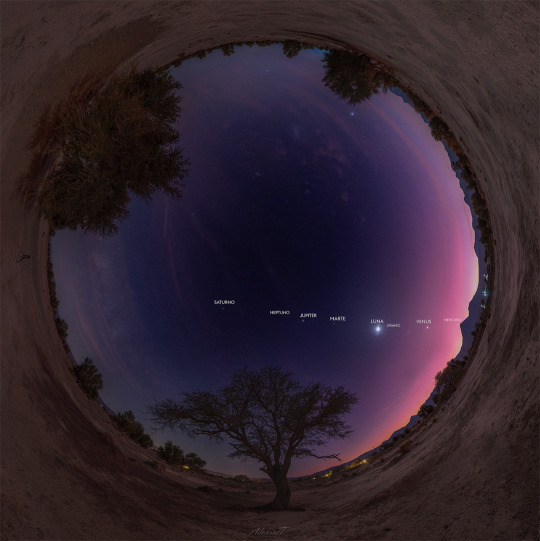
2022 June 29
Solar System Family Portrait
Image Credit & Copyright: Alexis Trigo
Explanation: Yes, but have you ever seen all of the planets at once? A rare roll-call of planets has been occurring in the morning sky for much of June. The featured fisheye all-sky image, taken a few mornings ago near the town of San Pedro de Atacama in Chile, caught not only the entire planet parade, but the Moon between Mars and Venus. In order, left to right along the ecliptic plane, members of this Solar System family portrait are Earth, Saturn, Neptune, Jupiter, Mars, Uranus, Venus, Mercury, and Earth. To emphasize their locations, Neptune and Uranus have been artificially enhanced. The volcano just below Mercury is Licancabur. In July, Mercury will move into the Sun's glare but reappear a few days later on the evening side. Then, in August, Saturn will drift past the direction opposite the Sun and so become visible at dusk instead of dawn. The next time that all eight planets will be simultaneously visible in a morning sky will be in 2122.
∞ Source: apod.nasa.gov/apod/ap220629.html
47 notes
·
View notes
Text
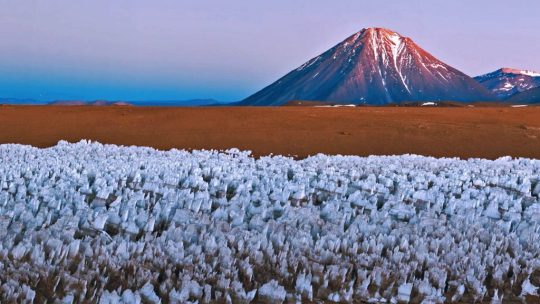
Licancabur Volcano on the border of Bolivia and Chile
2 notes
·
View notes
Text
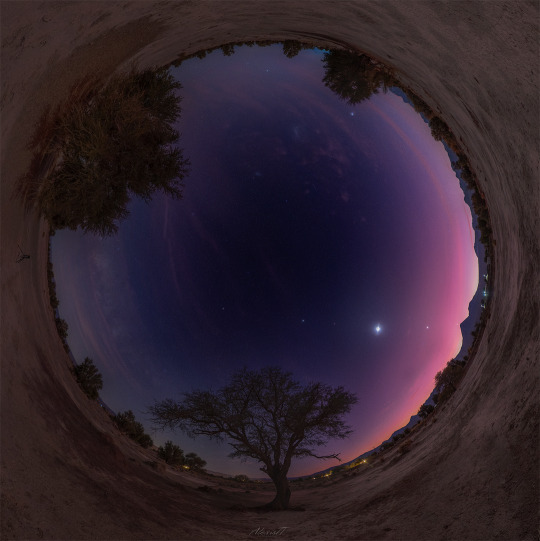
Yes, but have you ever seen all of the planets at once? A rare roll-call of planets has been occurring in the morning sky for much of June. The featured fisheye all-sky image, taken a few mornings ago near the town of San Pedro de Atacama in Chile, caught not only the entire planet parade, but the Moon between Mars and Venus. In order, left to right along the ecliptic plane, members of this Solar System family portrait are Earth, Saturn, Neptune, Jupiter, Mars, Uranus, Venus, Mercury, and Earth. To emphasize their locations, Neptune and Uranus have been artificially enhanced. The volcano just below Mercury is Licancabur. In July, Mercury will move into the Sun's glare but reappear a few days later on the evening side. Then, in August, Saturn will drift past the direction opposite the Sun and so become visible at dusk instead of dawn. The next time that all eight planets will be simultaneously visible in a morning sky will be in 2122.
12 notes
·
View notes
Photo
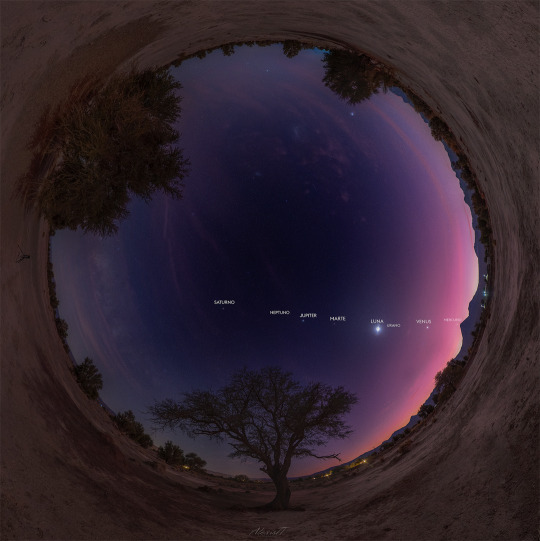
Solar System Family Portrait - Alexis Trigo
Yes, but have you ever seen all of the planets at once? A rare roll-call of planets has been occurring in the morning sky for much of June. The featured fisheye all-sky image, taken a few mornings ago near the town of San Pedro de Atacama in Chile, caught not only the entire planet parade, but the Moon between Mars and Venus. In order, left to right along the ecliptic plane, members of this Solar System family portrait are Earth, Saturn, Neptune, Jupiter, Mars, Uranus, Venus, Mercury, and Earth. To emphasize their locations, Neptune and Uranus have been artificially enhanced. The volcano just below Mercury is Licancabur. In July, Mercury will move into the Sun's glare but reappear a few days later on the evening side. Then, in August, Saturn will drift past the direction opposite the Sun and so become visible at dusk instead of dawn. The next time that all eight planets will be simultaneously visible in a morning sky will be in 2122. Notable Submissions to APOD: Morning Planet Parade 2022 June
3 notes
·
View notes
Text
01/08/2022 Direction le Chili !
Dernières lagunes près de la frontière Bolivie/Chili
Lagunas Verde (mouvement du vent qui remue les algues et présence d'arsenic) y Blanca (présence de borax)



Puis vue du Volcan Licancabur qui se trouve entre les deux frontières Bolivie/Chili

Arrivée au village de San Pedro de Atacama (2 407 me alt.) au Chili. Un village très touristique et hippie. La température remonte !
Le patio de notre hébergement donne le ton.

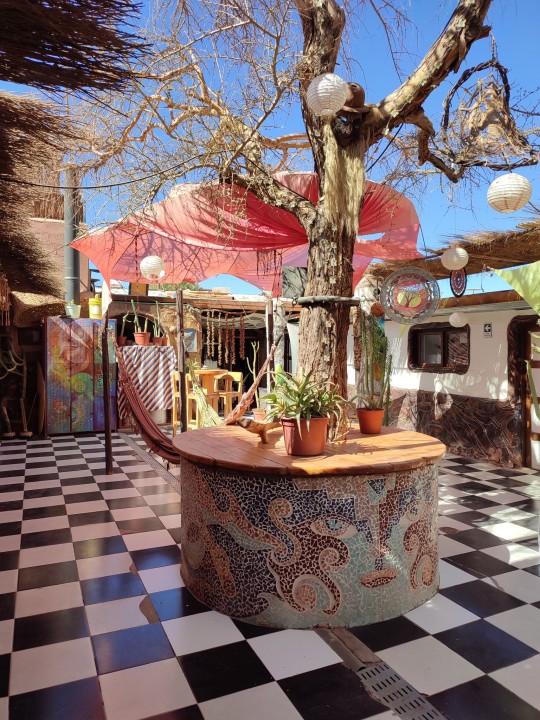

Visite des étoiles prévue ce soir. La planète Terre ne nous suffit plus ;)
4 notes
·
View notes
Photo
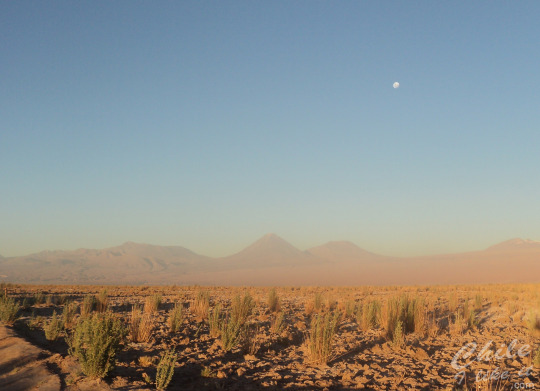
Licancabur Volcano from San Pedro de Atacama
shorturl.at/bsuY9
#chile#fypシ#fyp#volcan#volcano#atacama#desert#photo#photography#photographer#backpackers#backpacking#backpacker#Adventure#travel#travelphotography#travelblogger#travelling#traveling#nature#naturelphotography#mountain#mountains
5 notes
·
View notes
Photo
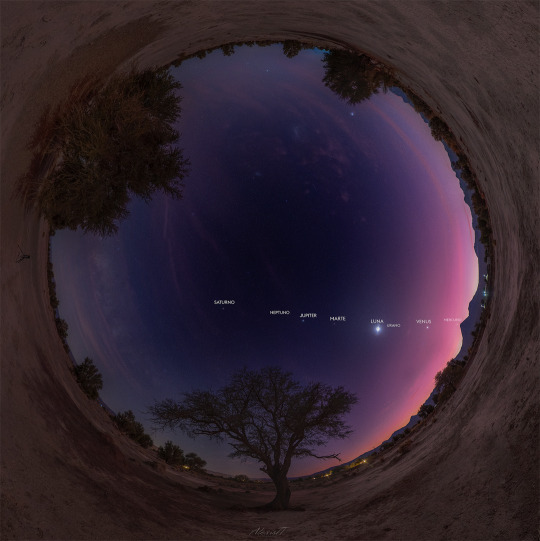
Solar System Family Portrait via NASA https://ift.tt/BisUAMa
Yes, but have you ever seen all of the planets at once? A rare roll-call of planets has been occurring in the morning sky for much of June. The featured fisheye all-sky image, taken a few mornings ago near the town of San Pedro de Atacama in Chile, caught not only the entire planet parade, but the Moon between Mars and Venus. In order, left to right along the ecliptic plane, members of this Solar System family portrait are Earth, Saturn, Neptune, Jupiter, Mars, Uranus, Venus, Mercury, and Earth. To emphasize their locations, Neptune and Uranus have been artificially enhanced. The volcano just below Mercury is Licancabur. In July, Mercury will move into the Sun's glare but reappear a few days later on the evening side. Then, in August, Saturn will drift past the direction opposite the Sun and so become visible at dusk instead of dawn. The next time that all eight planets will be simultaneously visible in a morning sky will be in 2122.
2 notes
·
View notes
Photo
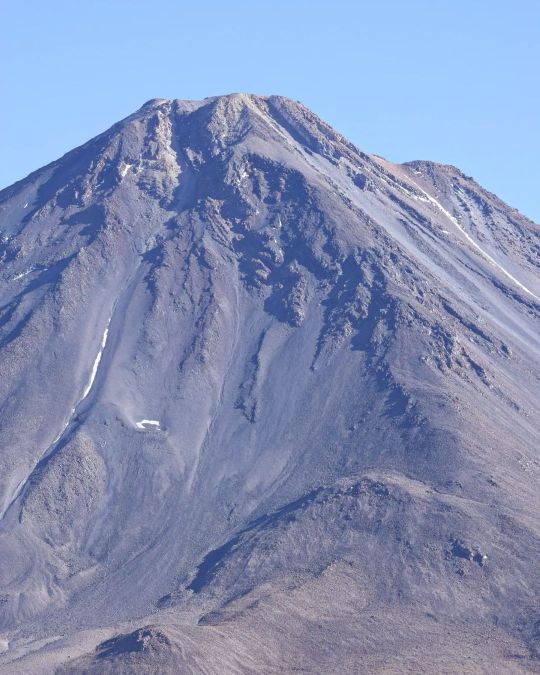
"El Licancabur también me recordaba al Orodruin, el Monte del Destino creado por J.R.R. Tolkien cuya lava misma creó el paisaje infernal de Mordor y en donde el Anillo Único finalmente desaparecería..." . . . . . . . . . . . . . . . . . . . . . . . . . #Chile #chileno #atacamadesert #atacama #nature #naturephotography #naturaleza #landscape #landscapephotography #paisaje #travel #travelgram #travelblogger #natgeoyourshot #photooftheday #instadaily #licancabur #licancaburvolcano #volcano #volcan #andes (en Volcán Licancabur) https://www.instagram.com/p/CmadqphL0Yh/?igshid=NGJjMDIxMWI=
#chile#chileno#atacamadesert#atacama#nature#naturephotography#naturaleza#landscape#landscapephotography#paisaje#travel#travelgram#travelblogger#natgeoyourshot#photooftheday#instadaily#licancabur#licancaburvolcano#volcano#volcan#andes
0 notes
Text



Bienal SACO invita al anuncio de su próxima edición
La actividad incluirá el lanzamiento del libro Golpe, el estreno del documental homónimo y la lectura del texto curatorial de la bienal SACO1.2, que tendrá su fase expositiva en 2025.
El cambio de ediciones de la Bienal de Arte Contemporáneo SACO, presentada por Escondida | BHP, estará marcado por la presentación del libro que recopila las investigaciones, acciones y exposiciones realizadas durante la Bienal SACO1.1 Golpe, junto al documental que resume el trabajo realizado durante el período 2022-2023 por la corporación cultural, financiada por el Programa de Apoyo a Organizaciones Culturales Colaboradoras, PAOCC, del Ministerio de las Culturas, las Artes y el Patrimonio.
Sobre el libro y documental, el encargado de vinculación de SACO, Carlos Rendón, mencionó que “son materiales de gran importancia para nosotros, no solo porque es un trabajo archivístico, sino también porque permite mostrar en distintos lugares, no sólo de Chile, sino del mundo, nuestro trabajo. Presentar lo que es SACO, contar de los artistas que han venido, las actividades que realizamos. Estamos muy contentos con la publicación de ambos materiales, que van a estar también próximamente traducidos al inglés y disponibles para la comunidad a través de nuestros canales virtuales”.
Durante la jornada, se realizará la entrega de los primeros ejemplares, además del anuncio de la temática y la primera lectura del texto curatorial de SACO1.2, que marcará el porvenir de SACO durante el período 2024-2025.
“Después de dos ediciones consecutivas enfocadas en la conmemoración de momentos trágicos: Aluvión y Golpe, hacemos el giro de óptica, para profundizar en los límites de la ciencia y especialmente en el fenómeno de la vida, en la resistencia y en lo importante que es siempre ir ampliando los espectros donde buscamos las respuestas”, adelantó Dagmara Wyskiel, directora de SACO.
El evento se llevará a cabo el día jueves 25 de abril de 2024 a las 11:00 horas en la Sala Licancabur del Edificio Comunitario de Fundación Minera Escondida, ubicada en Avenida General Bernardo O’Higgins 1280, Antofagasta. El acceso es liberado, previa confirmación de asistencia al correo [email protected]
0 notes
Photo
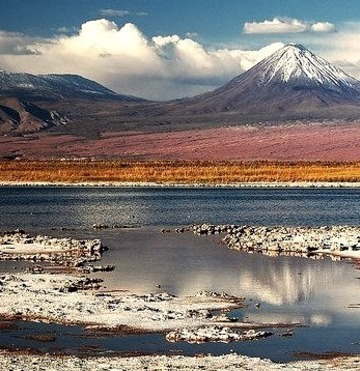
by Leonid Plotkin on Flickr.Laguna Cejas with Licancabur Volcano in the background, Chile.
0 notes
Text

San Pedro de Atacama es un sitio recóndito y asceta. Apenas un par de cuadras concentran todo el movimiento pueblerino y mezcla a los introspectivos locales con los expansivos turistas que van a descubrir qué hay en el desierto más seco del mundo. Se sorprenden con lagunas pobladas de flamencos, ojos de agua inesperados, géiseres y aguas termales y la leyenda de las dos montañas: Licancabur y Kimal, el poderoso guerrero que fue separado de su enamorada y que, convertidos en volcán y cerro en sitios opuestos, apenas se rozan con la sombra de él sobre ella durante unas pocas horas en el solsticio de invierno.
El grupo de científicos que en una mesa de café en 1990 empezaron a bosquejar en una servilleta de papel el nuevo observatorio que se terminará de construir este año, no tenían idea de aquella leyenda, ni imaginaban la tradición atacameña de laboratorios astronómicos y decidieron irse un poco más al sur, a lo que serían las puertas que vislumbran Atacama. Tampoco imaginaban que iba a llevar el nombre de la astrónoma que categorizó la materia oscura, aquella desconocida hasta entonces, que integra el 80% del Universo: Vera C. Rubin.
Te cuento el gran proyecto #Sudamericano de #astronomá que promete cambiar el modo en que entendemos el #universo.
En #Conversaciones de #domingo en @lanacionline
#FlaviaTomaello #reportaje #journalism #periodismo
0 notes
Text
SLEP Maule Costa aplazará inicio de funciones por un año
#EDUCACIÓN: Luego de evaluar diversos factores el Ministerio de Educación decidió postergar por un año el inicio oficial de funciones del Servicio Local de Educación Pública, SLEP Maule Costa, junto al SLEP de Licancabur (Calama), los que debían comenzar sus funciones este 1° de enero de 2024.
Continue reading Untitled

View On WordPress
0 notes
Link
0 notes